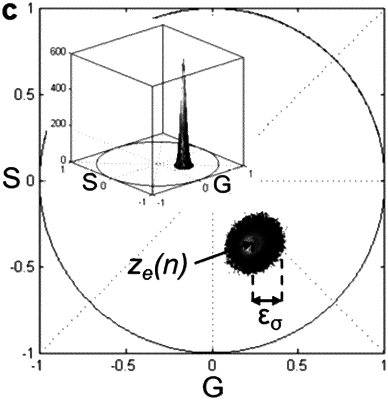| CPC G06T 5/10 (2013.01) [G01J 3/2823 (2013.01); G06T 5/002 (2013.01); A61B 5/0075 (2013.01); A61B 5/441 (2013.01); G06T 2207/10024 (2013.01); G06T 2207/20056 (2013.01)] | 20 Claims |

|
1. A hyperspectral imaging system for generating an unmixed color image of a target, comprising:
an optics system; and
an image forming system;
wherein:
the optics system comprises at least one optical component;
the at least one optical component comprises at least one optical detector;
the at least one optical detector has a configuration that:
detects a target radiation, which is absorbed, transmitted, refracted, reflected, and/or emitted by at least one physical point on the target, wherein the target radiation comprises at least two target waves, each wave having an intensity and a different wavelength;
detects the intensity and the wavelength of each target wave; and
transmits the detected target radiation, and each target wave's detected intensity and wavelength to the image forming system;
the image forming system comprises a control system, a hardware processor, a memory, and a display; and
the image forming system has a configuration that:
forms a target image of the target using the detected target radiation, wherein the target image comprises at least two pixels, and wherein each pixel corresponds to one physical point on the target;
forms at least one intensity spectrum for each pixel using the detected intensity and wavelength of each target wave;
transforms the formed intensity spectrum of each pixel by using a Fourier transform into a complex-valued function based on the intensity spectrum of each pixel, wherein each complex-valued function has at least one real component and at least one imaginary component;
forms one phasor point on a phasor plane for each pixel by plotting the real value against the imaginary value of each pixel;
maps back the phasor point to a corresponding target image pixel on the target image based on the phasor point's geometric position on the phasor plane;
generates or uses a reference color map;
assigns a color for each phasor point on the phasor plane by using the reference color map;
transfers the assigned color to the corresponding target image pixel;
generates a color image of the target based on the assigned color; and
displays the color image of the target on the image forming system's display.
|